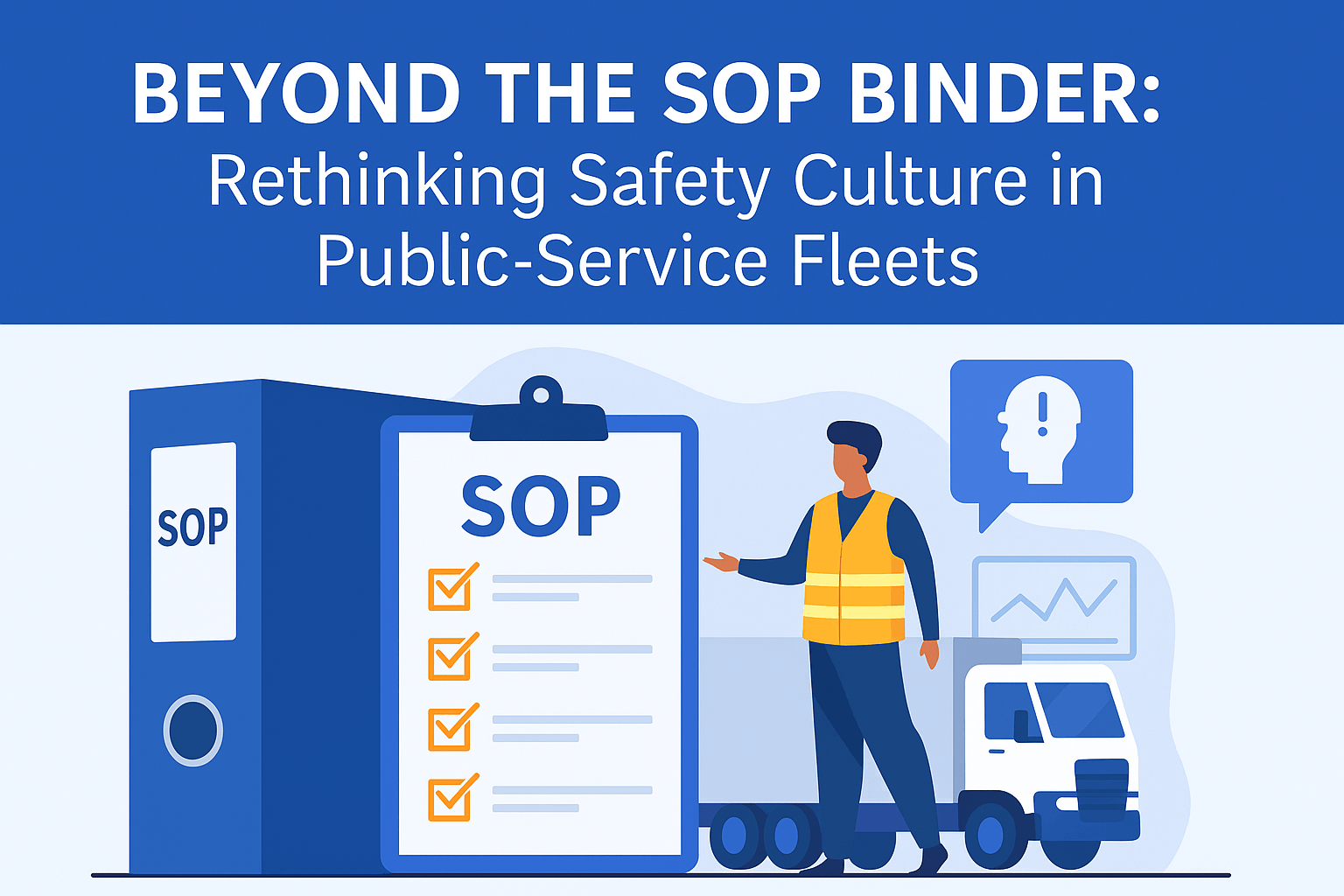
These days, more organizations are moving away from traditional training methods in favor of more engaging content that appeals to modern learners’ retention needs. Microlearning has become extremely popular, focusing on presenting short, easily digestible bits of information for increased engagement and retention. In fact, a recent study found that about 92% of organizations plan to increase their use of microlearning within the next year.
One innovative application of microlearning likely to see increased adoption is gamification, which aims to make training not just effective, but fun and motivating for learners.
What is Gamification in Learning?
Gamification applies gaming concepts and elements to create an engaging learning experience. Just like in a regular video game, gamification-based courses generally include components like badges, a points system, rewards, different levels, and leaderboards to motivate learners. For driver training, a gamification-based course might allow drivers to play out real-life safety scenarios in a controlled environment or earn rewards for completing interval training.
While gamification-based learning is relatively new in company training, its potential applications are increasingly clear. Organizations can use gamification to address a wide range of training needs, including:
- Safety and compliance
- Soft skills
- Onboarding for new drivers
- And much more
Benefits of Gamification in Driver Training
Many organizations can benefit from incorporating gamification into their driver training programs. Here are some key advantages:
Provides Instantaneous Feedback
In a traditional training scenario, information is delivered to learners, but they may never have the opportunity to practice it in the real world. Gamification scenarios allow drivers to apply what they’ve learned and receive instant feedback on their performance, improving recall and retention when real-world applications arise.
Improves Learner Engagement
Increasing retention of training information requires learners to be truly engaged in the material. Gamification makes it easier to foster that engagement by making learning fun. Drivers who train through gamification-based courses are more likely to enjoy the process and stay engaged.
Allows Practice of Real-Life Scenarios
In driver safety training, it can be difficult to provide practice scenarios. Gamification allows drivers to play out training scenarios without real risk. When they make mistakes, they see the potential consequences, making them less likely to repeat those mistakes on the job.
Offers Objective Data to Safety Managers
Gamification is a great resource for obtaining objective data on driver progress and performance. Many gamification platforms automatically collect data for each user, which can be generated into reports for safety managers. This helps identify which drivers need additional training or resources.
Motivates Drivers to Do Better
When done right, gamification engages learners and motivates them to improve. Whether aiming to beat a personal benchmark or climb the leaderboard, gamification fosters self-motivation and a little friendly competition.
Creates a Sense of Autonomy
Gamification-based learning helps create a sense of autonomy for drivers. Instead of being forced to sit in a conference room for a lecture, drivers can explore and learn at their own pace, making their own choices. This encourages a sense of agency and engagement that other forms of training cannot.
Saves Organizations Money
Investing in gamification-based training is a worthwhile investment for driver safety training. Engaged learners who retain information are less likely to make safety mistakes on the job, reducing workplace injuries and saving money. Studies have shown that for every dollar spent on safety training, injury prevention returns range from $2 to $6. While it may cost money to develop and implement gamification, the payoff is well worth the initial investment.
Integrating Gamification in Your Organization’s Driver Training
Organizations stand to benefit greatly from implementing gamification-based training modules. This type of training engages and motivates drivers in ways other forms of training cannot. Those interested in incorporating this training should focus on gamification that captures learners’ attention, challenges them, engages them, and, above all, teaches them in a manner that helps retain critical information.









